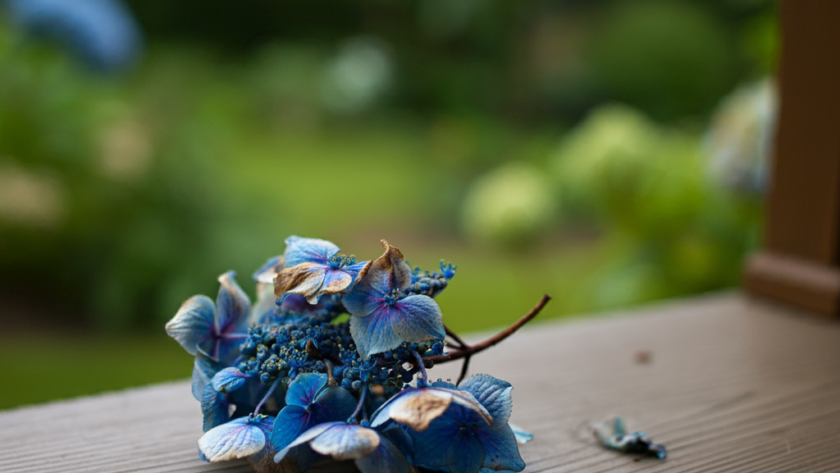Hydrangeas, with their stunning blooms, are a beloved addition to any garden. However, when a hydrangea starts to wilt and show signs of distress, it can be disheartening. The good news is that with the right care and attention, you can potentially revive a dying hydrangea and bring it back to its former glory. In this guide, we will explore easy-to-follow steps to save your struggling hydrangea and restore its vibrancy.
Step 1: Assess the Plant’s Condition
Take a close look at your hydrangea to identify the specific issues it may be facing. Look for wilting or yellowing leaves, drooping stems, insect infestation, or signs of disease. Understanding the underlying problems will help you address them effectively.
Step 2: Adequate Watering
Proper watering is crucial for a hydrangea’s health. Check the soil moisture level regularly and ensure it remains consistently moist but not waterlogged. Hydrangeas prefer well-draining soil, so avoid overwatering, which can lead to root rot. Water deeply at the base of the plant, avoiding the leaves, and provide supplemental moisture during dry spells.
Step 3: Provide Shelter and Shade
Hydrangeas benefit from some shelter and shade, especially during the hottest parts of the day. If your plant is exposed to intense sunlight, consider providing some shade, either through natural shading or by using shade cloth. This helps prevent excessive water loss and protects the plant from heat stress.
Step 4: Pruning and Deadheading
Prune your hydrangea to remove any dead or damaged branches, focusing on areas that show signs of decline. Deadheading, or removing spent blooms, encourages new growth and redirects the plant’s energy. Make clean cuts just above a leaf node or a healthy bud.
Step 5: Soil Amendments
Hydrangeas thrive in slightly acidic soil with good fertility. Test your soil’s pH and, if necessary, adjust it by adding amendments like organic matter or sulfur. Additionally, apply a balanced slow-release fertilizer specifically formulated for hydrangeas during the growing season to provide necessary nutrients.
Step 6: Pest and Disease Control
Monitor your hydrangea for common pests such as aphids, spider mites, or powdery mildew. Use organic or chemical controls to treat infestations promptly. Ensure good air circulation around the plant to prevent fungal diseases and regularly remove any affected leaves or flowers.
Step 7: Patience and Consistency
Reviving a dying hydrangea takes time and consistent care. Be patient and maintain a regular care routine, addressing watering, pruning, and fertilization needs. Monitor the plant’s progress and make adjustments as necessary.
Conclusion
Saving a dying hydrangea requires attention, care, and a systematic approach. By assessing the plant’s condition, providing adequate water and shade, pruning, addressing soil needs, controlling pests and diseases, and being patient, you increase the chances of restoring your hydrangea to its former beauty. With proper care, your struggling hydrangea can rebound, producing lush foliage and stunning blooms, delighting both you and your garden visitors.




